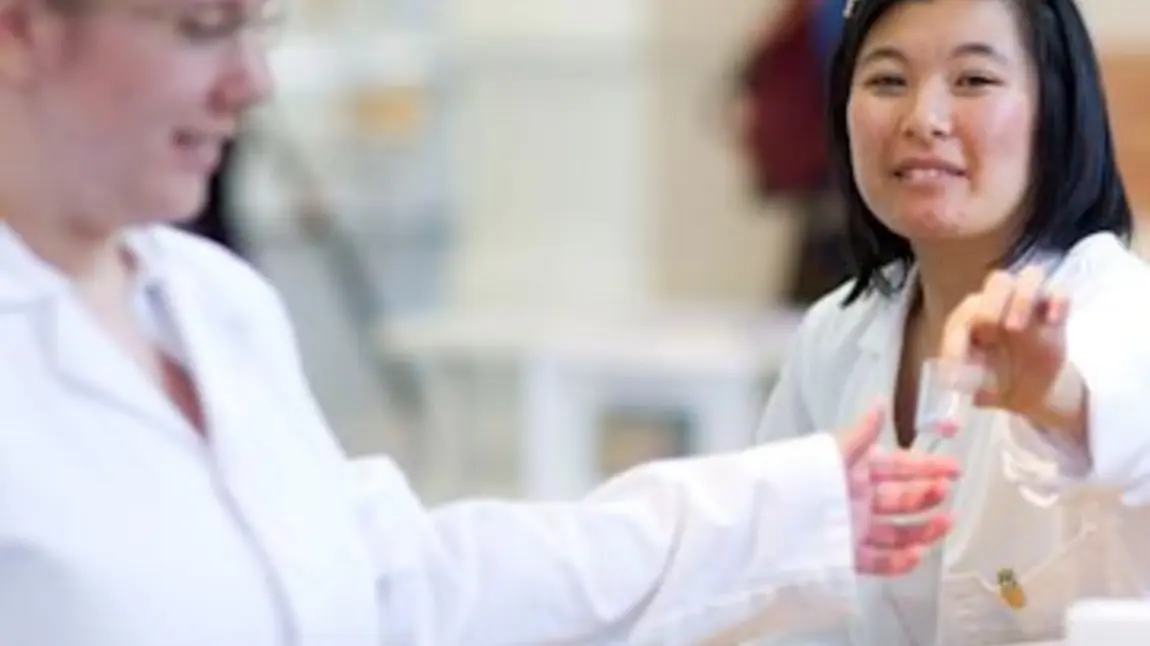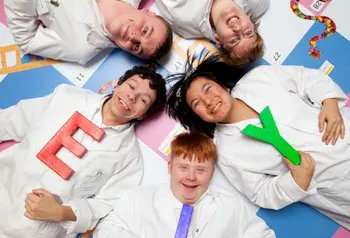Young people bring hidden history of Ely Hospital to life

The performance is part of the Cardiff People First exhibition sharing the memories of residents and people associated with the former NHS hospital which was used as an institutional base until 1997.
Funded by a £25,400 Heritage Lottery Fund (HLF) grant, the exhibition captures the social history of people with learning disabilities living in Cardiff during the 20th century for the first time.
The idea for the project came about from discussions between younger and older members of Cardiff People First about what life is like for someone with a learning disability today. The older members of the group are former residents of Ely Hospital and wanted to help the younger members as well as the wider community understand institutionalism and the important change to community care.
The interactive performance presented the young people’s understanding of daily life at the hospital and what it may have felt like to be a resident there, from sleeping 30 to a ward to fighting for dentures in the bathroom.
Since opening at the end of January over 1,200 people have visited the exhibition which includes shadow puppetry theatre, video interviews with former residents, a giant snakes and ladders game to demonstrate the highs and lows of life at the hospital as well as replica wards and a bed to set the scene.
Karen Jeffreys, Project Coordinator at Cardiff People First, said: “We’ve had an amazing response to the exhibition from nursing students to care workers to the general public, people have coming to learn more and share their own memories, which at times has been emotional.
“One member of the public brought in the master journal from the Ely Workhouse which dates back to the 1920s. It’s a fascinating insight into that time period with letters from relatives asking whether their family members are allowed home. This will now be stored by the Glamorgan Archive ensuring a permanent record of the history of the learning disability community.”
Jennifer Stewart, Head of HLF in Wales, said: “This intergenerational project tackles a sensitive subject matter which has not been previously explored as part of south east Wales’ wider heritage. It has uncovered many terrible stories but it is just as important to record these as it is positive memories in order to build a fuller picture of what life was like for people with learning disabilities in the 20th century. Cardiff People First has created a significant historic resource and a lasting legacy for everyone to learn from.”
Mark Drakeford, AM for Cardiff West, who ran a lecture as part of the exhibition on The Ely Hospital Inquiry 1969, said: “The Ely Hospital Inquiry cast a powerful light on the care of patients with learning difficulties and highlighted many shortcomings and failures was a terrible shock to the whole nation. The investigation led to major changes in the way people were treated in the social care system across the UK in the following years. The exhibition has resurrected some powerful and uncomfortable memories of life of patients within the walls of that huge institution. Although many of the memories are traumatic, there are also patients who remember their stay in hospital with affection thanks to the kindness and care they received.
"Ely Hospital will be remembered in many ways, but there is no doubt that this has been one of the most interesting exhibitions to be held in Cardiff and I congratulate all those involved in the project.”
The last day of the exhibition is this Saturday 25 February at the Cardiff Story Museum.
